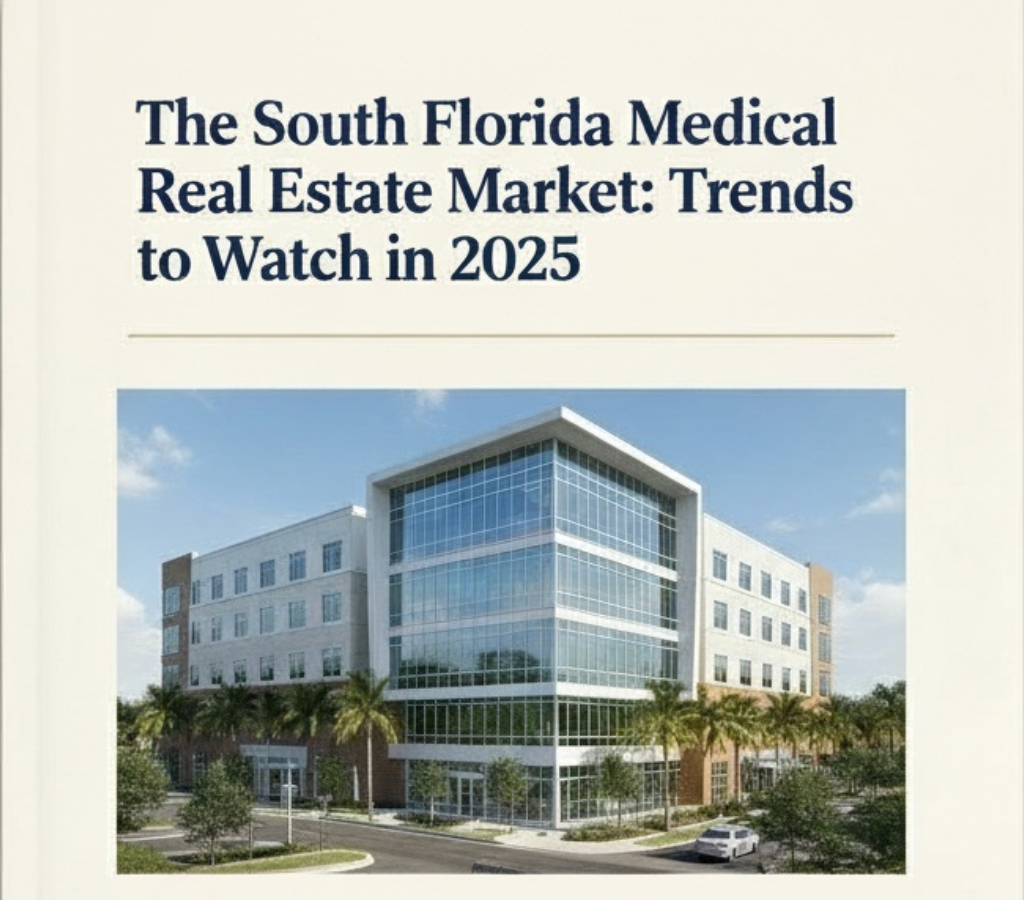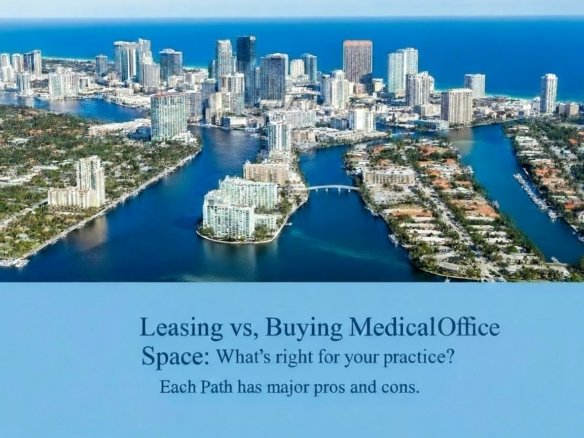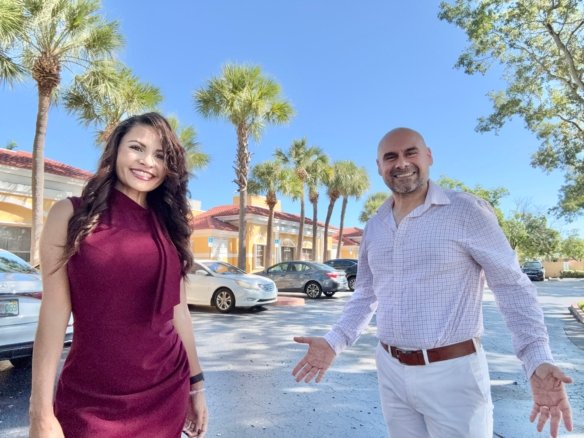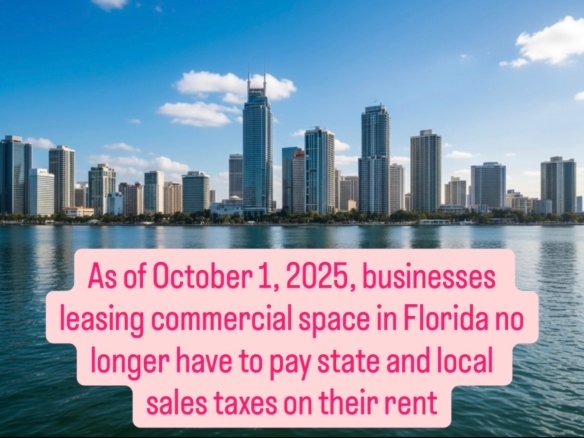The South Florida Medical Real Estate Market: Trends to Watch in 2025
South Florida’s healthcare landscape is evolving—and with it, the medical real estate market is entering a new era of opportunity. As population growth, demographic shifts, and healthcare innovation converge, 2025 is shaping up to be a defining year for property owners, investors, and medical professionals alike.
Here’s a look at seven key trends shaping the South Florida medical real estate market in 2025, and what they mean for those looking to invest, lease, or expand.
1. Demand for Outpatient and Ambulatory Care Centers Continues to Surge
The post-pandemic shift toward outpatient care isn’t slowing down. Patients and providers alike are embracing smaller, more convenient facilities for diagnostics, urgent care, and specialty treatments. This trend has increased demand for medical office buildings (MOBs) that can support multiple providers under one roof.
Property owners in the Miami-Dade, Broward, and Palm Beach markets are adapting existing retail and office spaces into medical use. Many offer flexible layouts and strong parking options to attract healthcare tenants.
2. Population Growth and Retiree Migration Are Fueling Expansion
South Florida’s population boom and aging demographic are driving a higher need for local, accessible healthcare services. Consequently, frequent care, primary care clinics, specialty offices, and senior-focused medical facilities are expected to remain strong through 2025.
Landlords and investors who can meet these needs with strategically located, medical-ready properties are well-positioned for long-term success.
3. Health Systems Are Expanding Into Suburban and Mixed-Use Settings
Hospital systems are moving away from centralized urban campuses and expanding into suburban corridors to reach patients where they live. This decentralization trend is creating new opportunities in mixed-use developments, retail plazas, and suburban medical corridors.
Healthcare systems are looking to establish satellite clinics and specialty centers in properties offering easy access, visibility, and modern infrastructure.
4. Technology and Telehealth Are Reshaping Space Requirements
While telehealth continues to grow, it’s not replacing physical spaces—it’s redefining them. Many practices are now seeking hybrid office layouts that combine private exam rooms with digital consultation areas. Reliable high-speed internet, modern HVAC systems, and soundproofing are key features that attract forward-thinking healthcare tenants.
For landlords, investing in these infrastructure upgrades can significantly increase a property’s marketability and value.
5. Rising Construction and Conversion Costs Are Driving Creative Leasing Strategies
High construction and labor costs are prompting both owners and tenants to think creatively. Medical professionals are increasingly open to long-term leases with tenant improvement allowances. On the other hand, landlords are offering turnkey or partially built-out spaces to reduce downtime and attract stable tenants faster.
These partnerships benefit both sides—providers save on buildout costs, and owners enjoy steady occupancy.
6. Sustainability and Wellness Design Are Becoming Competitive Advantages
Sustainable design is no longer just a buzzword. Healthcare providers are seeking spaces that align with their mission of wellness. Therefore, properties that feature natural light, air quality systems, and green certifications are commanding attention.
Owners investing in energy-efficient upgrades are not only reducing operational costs but also appealing to a growing segment of environmentally conscious healthcare tenants.
7. Regulatory and Fiscal Tailwinds Are Strengthening Market Fundamentals
2025 brings favorable policy shifts that will directly impact South Florida’s medical real estate market.
Most notably, Florida’s Business Rent Tax (BRT) is being eliminated. Ultimately, this lowers leasing costs for tenants and improve net operating income (NOI) for landlords. This change enhances the appeal of commercial medical assets and could drive stronger investor demand across the region.
Additionally, streamlined permitting and zoning for healthcare use are making it easier to convert or expand medical office buildings. Pparticularly, in mixed-use and suburban areas.
What it means for investors, landlords, and tenants:
- Investors benefit from improved after-tax returns and reduced regulatory drag, making medical office buildings even more attractive.
- Landlords can pass savings on to tenants or enhance property margins, while proactively compliant buildings may command premium valuations.
- Medical professionals expanding into new locations can expect faster approvals and more favorable lease structures. Thus, accelerating time to occupancy and growth potential.
The Bottom Line
The South Florida medical real estate market in 2025 is defined by adaptability, innovation, and steady growth. Opportunities abound for landlords and investors who can anticipate these shifts. Especially, as healthcare delivery continues to decentralize and patient expectations evolve,
By focusing on flexible design, patient-friendly access, regulatory awareness, and long-term partnerships with medical professionals, property owners can position themselves at the forefront of one of the most resilient and rewarding real estate sectors in the region.
If you’re a physician considering purchasing or relocating your practice, our team is here to help. We connect clients with trusted lenders, negotiate favorable terms, and guide you through every step of the medical office real estate process.
👉 Let us help you find the right space, negotiate the best deal, and open your doors with confidence!
Raissa Restivo (201) 452-9462
Alex Martinez (561) 561-2280
🌐 www.medofficespaces.com
📍 The Keyes Company | 21065 Powerline Road, Boca Raton, FL 33433




Join The Discussion